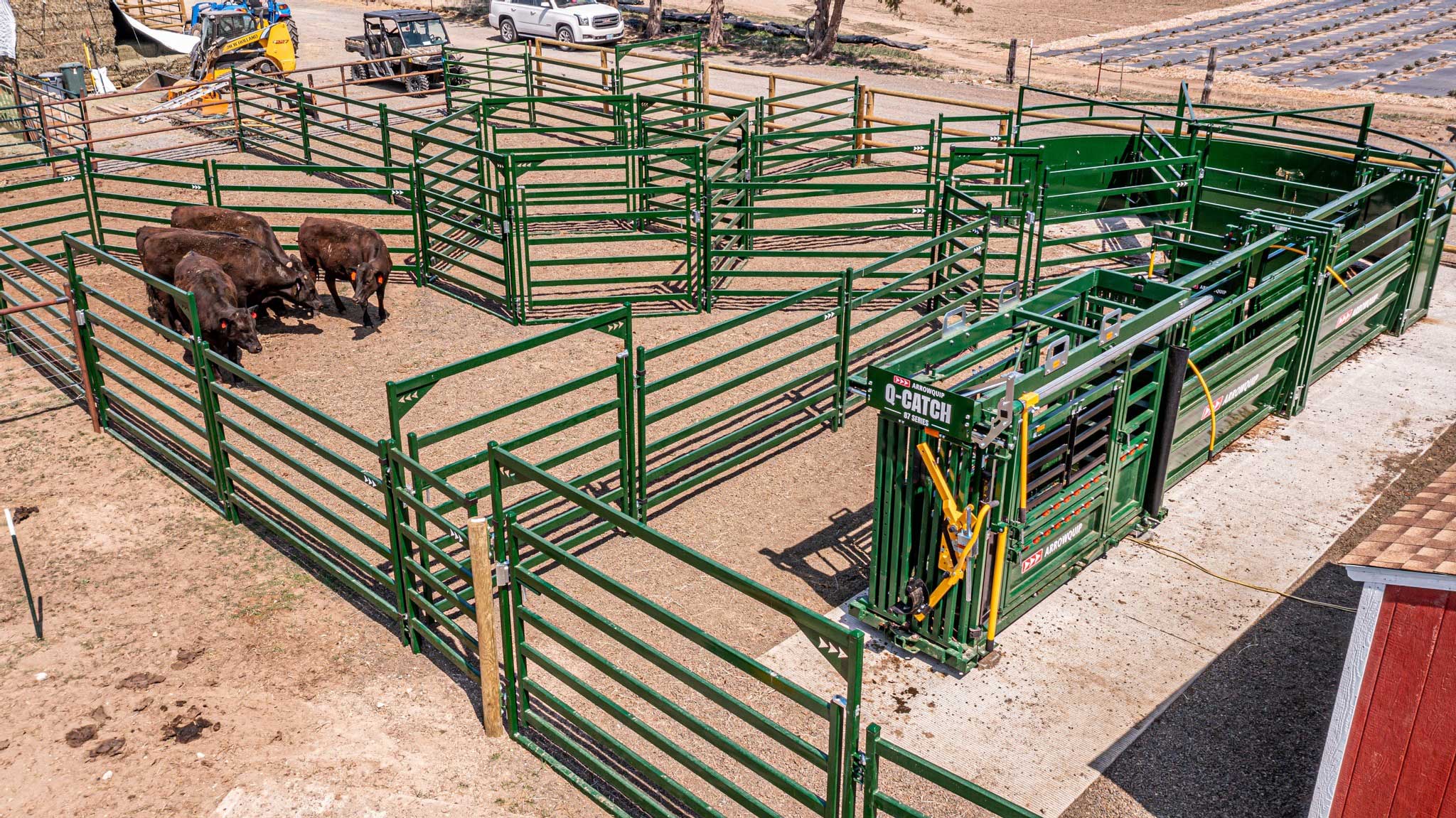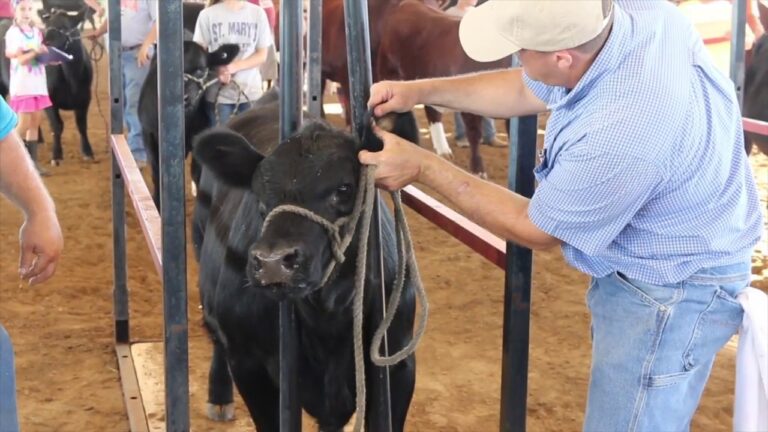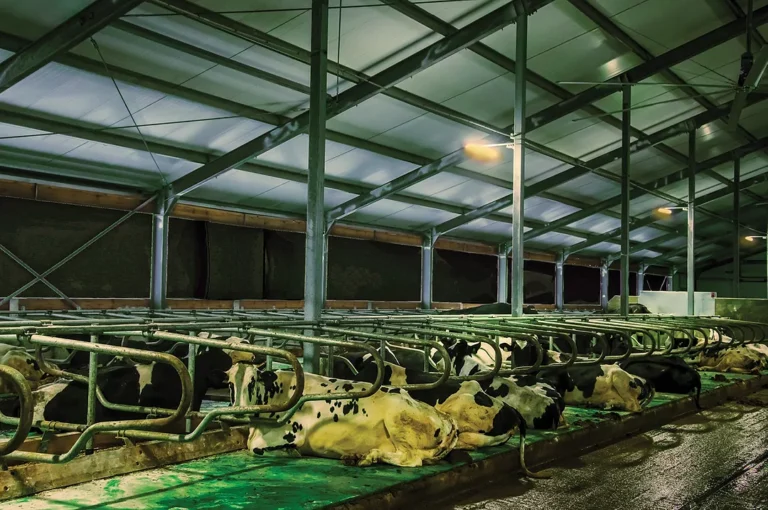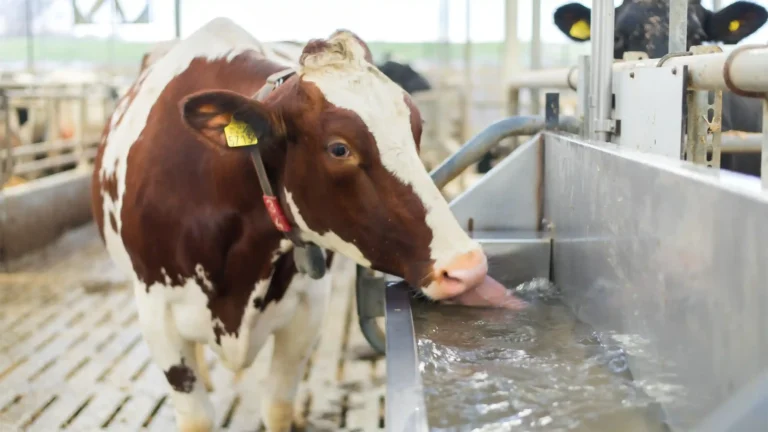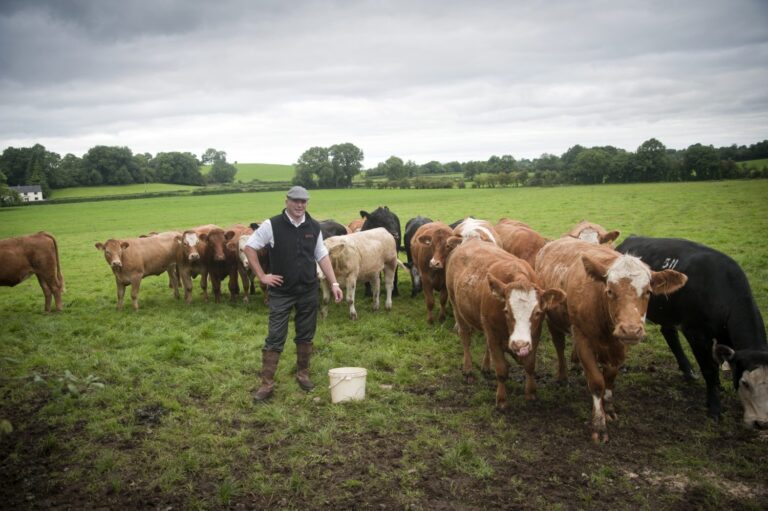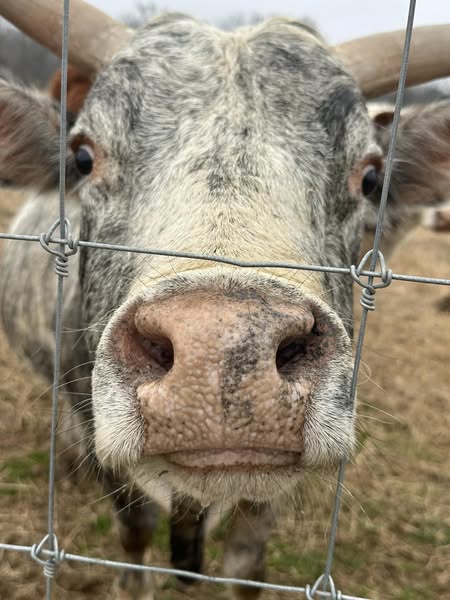Handling and restraining cattle safely is a critical skill for farmers. It ensures the well-being of both livestock and handlers while maintaining farm efficiency.
Safe cattle handling involves using low-stress techniques, appropriate equipment, and an understanding of bovine behavior to minimize injury risks and stress. As an experienced livestock farmer and agricultural educator, I’ve worked with cattle across diverse environments, from small family farms to large commercial operations.
This comprehensive guide outlines best practices for handling and restraining cattle safely, to help farmers of all levels manage their herds effectively.
Cattle Behavior for Safe Handling
Cattle are prey animals with instincts that influence their reactions to handling. Their flight zone (the distance at which they feel threatened) varies by breed, temperament, and prior handling experiences. For example, a Holstein dairy cow accustomed to daily human interaction may have a smaller flight zone than a free-range Angus.
Recognizing these behaviors is essential for safe handling. The World Organisation for Animal Health (WOAH) emphasizes that understanding cattle’s natural instincts, such as their tendency to follow a herd or avoid loud noises, reduces stress during handling. Thus, farmers can direct movement without triggering panic by moving calmly and using body positioning to guide cattle.
Cattle also have a wide field of vision but poor depth perception, making them sensitive to shadows or sudden movements. In my experience, a farm in rural Nebraska saw reduced cattle stress when handlers avoided sudden gestures and ensured consistent lighting in handling areas. The USDA’s Animal Welfare Information Center recommends designing handling facilities with curved chutes and solid walls to leverage cattle’s natural tendency to move in circles and feel secure.
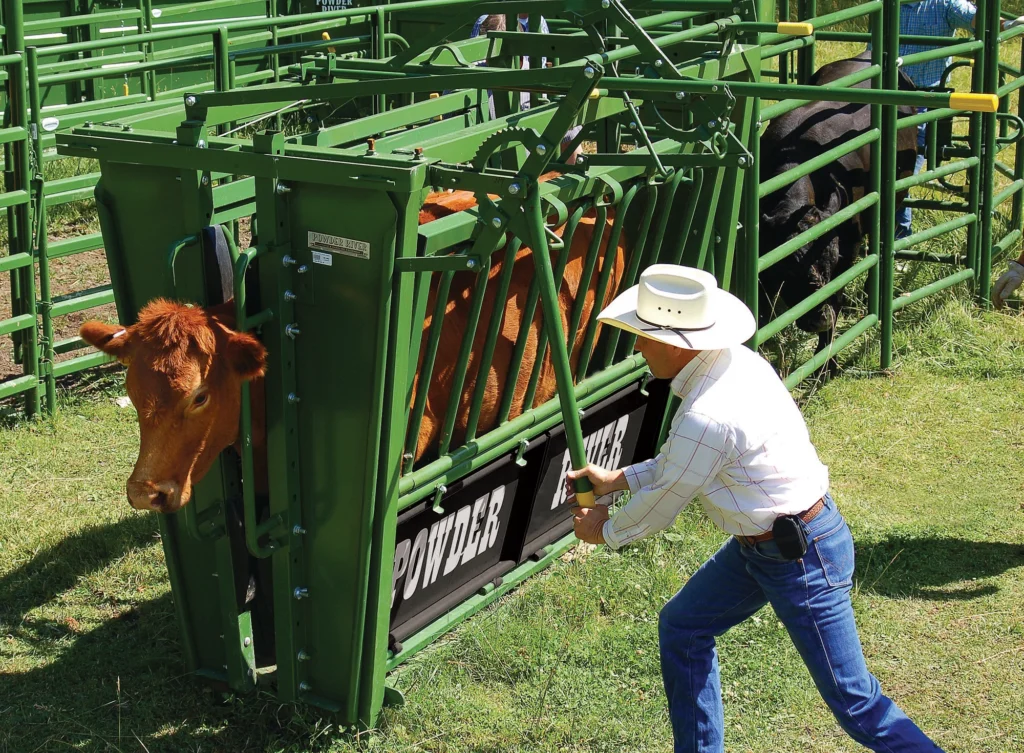
Designing Safe and Effective Handling Facilities
A well-designed handling facility is the cornerstone of safe cattle management. Facilities should minimize stress, reduce injury risks, and allow efficient movement. Facilities should include a crowding pen, a curved chute, and a restraint device like a head gate or squeeze chute.
For example, a dairy farm I visited in Wisconsin improved efficiency by installing a curved chute that funneled cattle smoothly into a head gate for vaccinations. Solid-sided chutes prevent cattle from seeing distractions outside, keeping them calm.
Non-slip flooring is critical to prevent falls, which can injure cattle and handlers. Concrete floors with grooved patterns or rubber mats reduce slipping risks.
Adequate lighting also plays a role; bright, even illumination prevents cattle from balking at shadows.
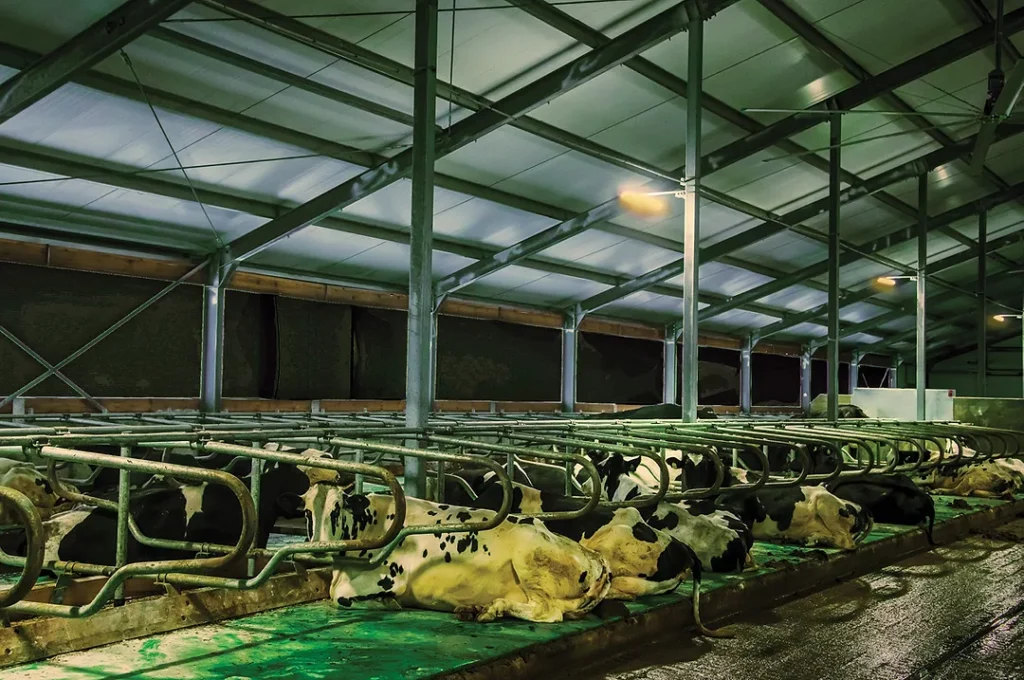
Farmers should ensure facilities are regularly maintained, with no sharp edges or broken components that could harm animals.
With a well-planned setup, farmers can handle cattle safely and efficiently, even in high-volume operations.
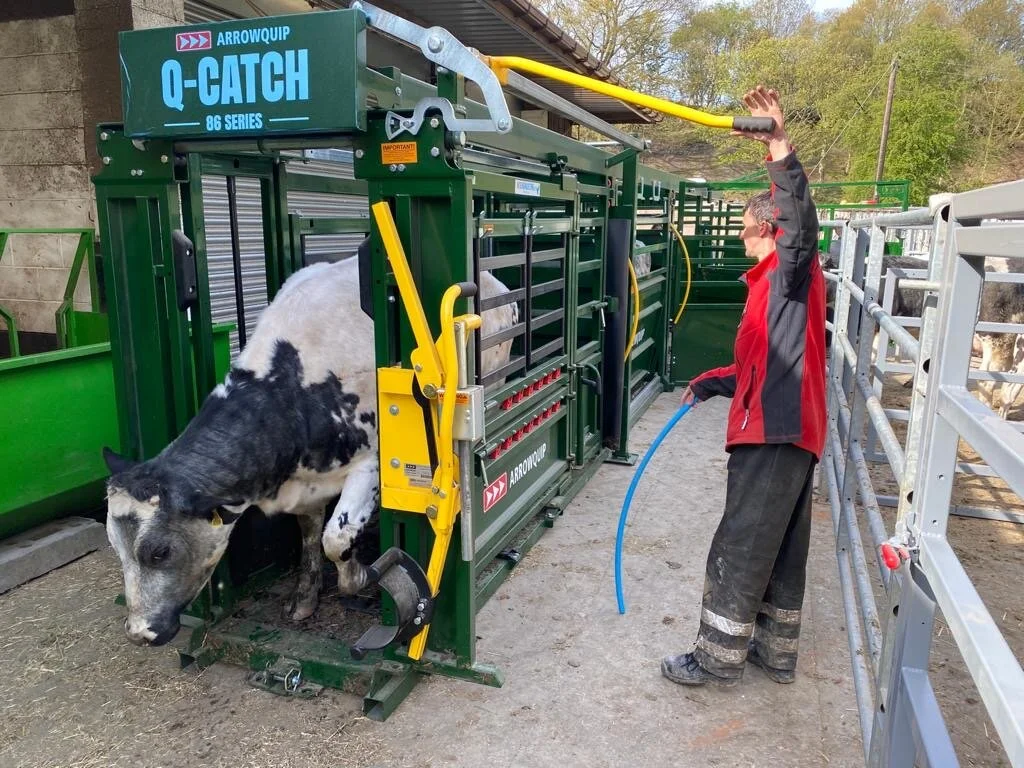
Essential Equipment for Restraining Cattle Safely
Using the right equipment is vital for restraining cattle without causing harm. Head gates and squeeze chutes are the most common tools, designed to immobilize cattle securely during procedures like vaccinations, tagging, or veterinary exams. Also recommended are adjustable squeeze chutes that apply even pressure to avoid bruising or distress.
On a farm I worked with in Alberta, switching to a hydraulic squeeze chute reduced cattle stress and handler injuries during routine health checks.
Nose tongs or halters may be used for short-term restraint, but they require careful application to avoid injuring the animal’s nasal passages. Ropes should only be used by experienced handlers, as improper tying can cause stress or injury. All equipment must be regularly inspected and cleaned to prevent disease transmission.
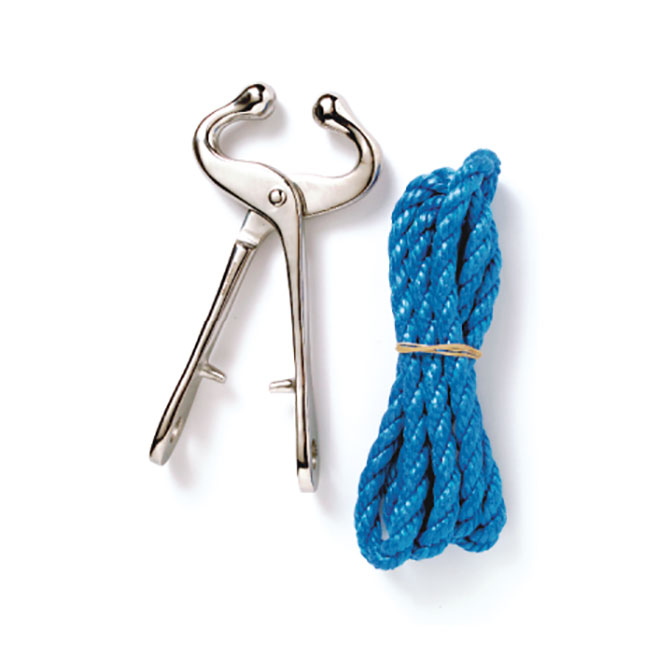
For small-scale farmers, portable handling systems offer flexibility without compromising safety. Choosing equipment that matches your herd size and handling needs ensures both safety and efficiency.
Low-Stress Handling Techniques
Low-stress handling techniques are essential for minimizing cattle stress and ensuring handler safety. Temple Grandin, a renowned expert in animal behavior, advocates for using the cattle’s flight zone and point of balance (located at the shoulder) to guide movement.
For instance, standing behind the point of balance encourages forward movement, while stepping into the flight zone from the front prompts cattle to stop or turn. On a Montana ranch I advised, handlers reduced cattle bolting incidents by 30% after training in these techniques.
Handlers should move slowly, avoid shouting, and use tools like flags or paddles instead of electric prods. I advise against overuse of prods, as they can cause unnecessary stress and injury.
Consistency is key; cattle respond better to familiar routines. A dairy farm in New Zealand saw improved milking parlor efficiency by maintaining a calm, predictable handling routine.
Training handlers to read cattle body language, such as ear position or tail flicking, further enhances safety by anticipating stress signals.
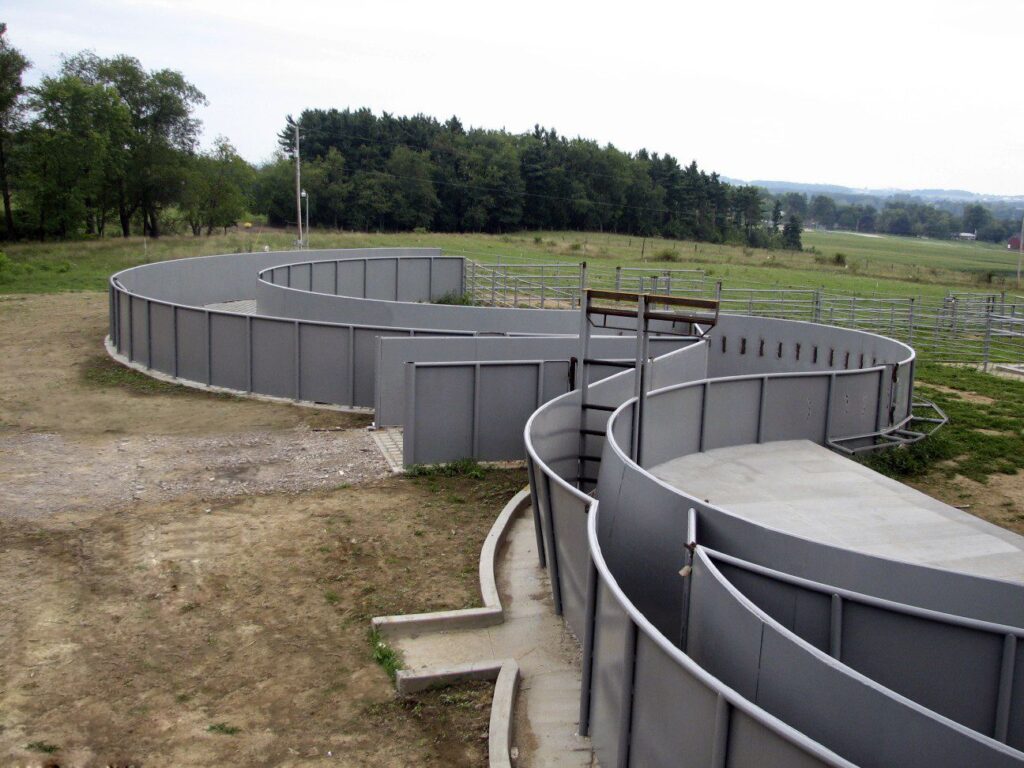
Training Handlers for Safety and Competence
Proper training is critical for ensuring handlers can manage cattle safely. Inexperienced handlers are more likely to make errors, such as entering the flight zone abruptly or using excessive force, which can escalate risks. To this end, regular training programs that cover cattle behavior, equipment use, and emergency protocols should be put in place for the handlers. This is because implementing a handler training program can reduce workplace injuries by 25%.
Training should include practical demonstrations and supervised practice. New handlers should learn how to operate a squeeze chute correctly to avoid pinching or releasing cattle prematurely. Role-playing scenarios, such as managing an aggressive bull, can prepare handlers for real-world challenges.
Online resources, like those from Iowa State University Extension, offer valuable training modules for farmers with limited access to in-person workshops. Investing in handler education not only improves safety but also boosts farm productivity.
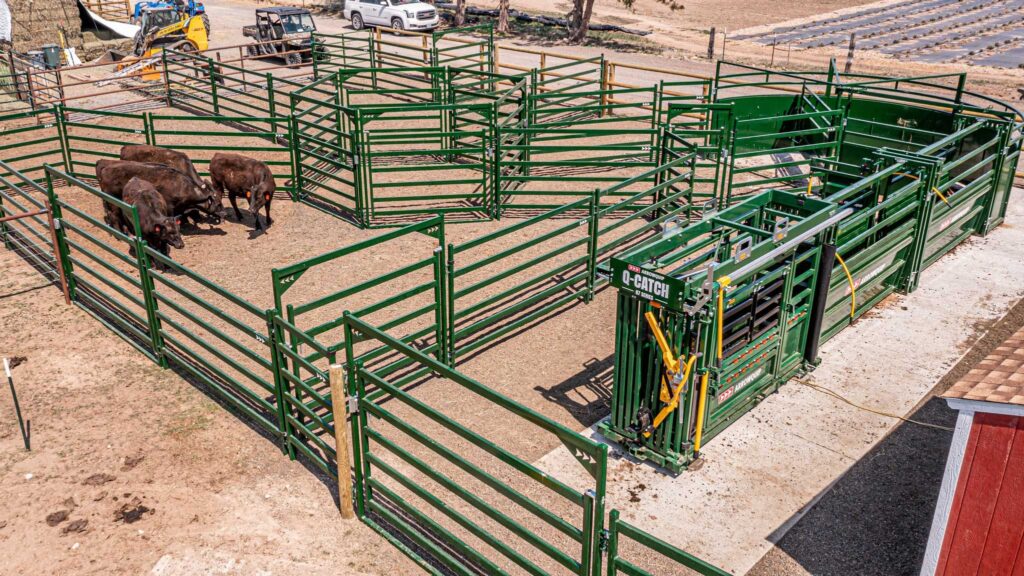
Safety Protocols for High-Risk Situations
Certain situations, such as handling bulls or cows with calves, require extra precautions due to heightened risks.
Bulls can be unpredictable, and it is advisable to always work in pairs when handling them. Farmers can implement a strict protocol of using reinforced barriers when moving bulls, to significantly reduce handler injuries.
Cows with newborn calves can be protective, so farmers should avoid isolating them during handling to prevent aggression.
Emergency preparedness is also crucial. Farmers should have first-aid kits, emergency contact numbers, and clear escape routes in handling areas.
The USDA’s Occupational Safety and Health Administration (OSHA) guidelines recommend regular safety drills to ensure handlers know how to respond to incidents like cattle escapes or equipment malfunctions.
When farmers anticipate high-risk scenarios and prepare accordingly, they protect both themselves and their livestock.

Considerations for Different Farm Types
Handling practices vary depending on whether you operate a dairy, beef, or mixed farm. Dairy farms, like one I visited in Victoria, Australia, require frequent handling for milking, necessitating calm and efficient systems to maintain cow comfort and milk production.
Beef farms, on the other hand, may handle cattle less often, focusing on tasks like weaning or transport, which require robust facilities for larger herds.
Small-scale or mixed farms, common in regions like East Africa, benefit from portable or low-cost handling systems that accommodate diverse livestock.
Regardless of farm type, tailoring handling practices to your specific needs is essential. For example, a grass-fed beef operation in Colorado I advised adopted mobile handling units to manage cattle across large pastures, improving both safety and efficiency. The University of Melbourne’s research on smallholder farms emphasizes scalable solutions, like using existing structures for temporary corrals, to suit budget constraints.
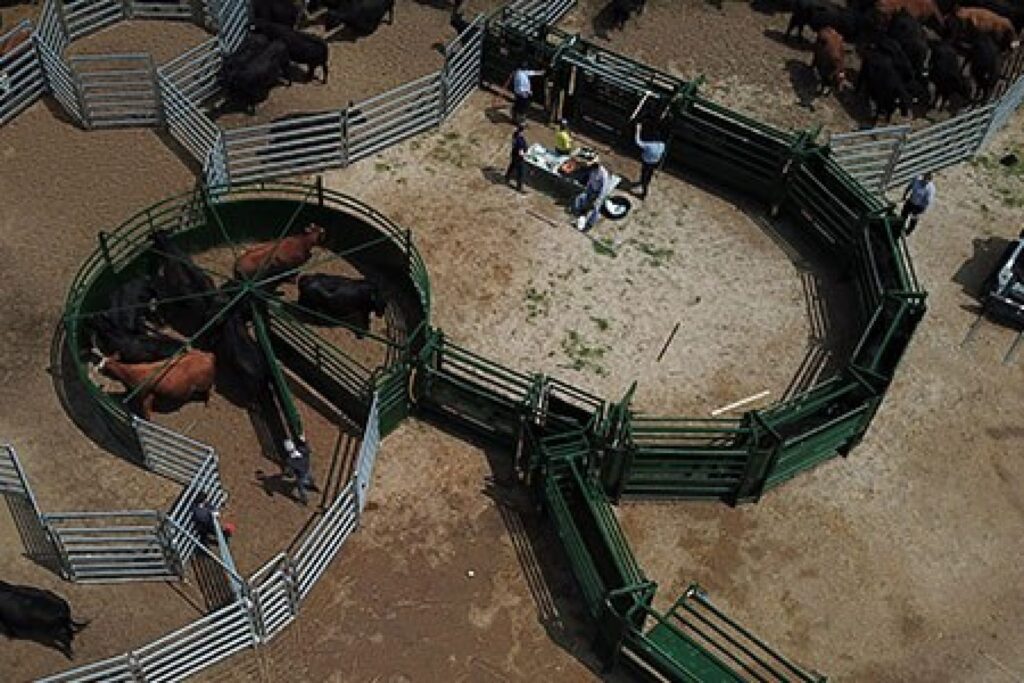
Maintaining Animal Welfare During Handling
Animal welfare is a priority during cattle handling and restraint. Stressful handling can lead to reduced weight gain, lower milk production, and compromised immune systems. Providing water in holding pens during vaccination days, for instance, reduces dehydration-related stress in cattle.
Regular monitoring for signs of distress, such as excessive vocalization or panting, allows farmers to adjust practices promptly. Farmers should keep handling sessions short (ideally under 30 minutes) to avoid overexertion.
Ethical handling not only improves animal welfare but also enhances product quality, as stress-free cattle produce better meat and milk.
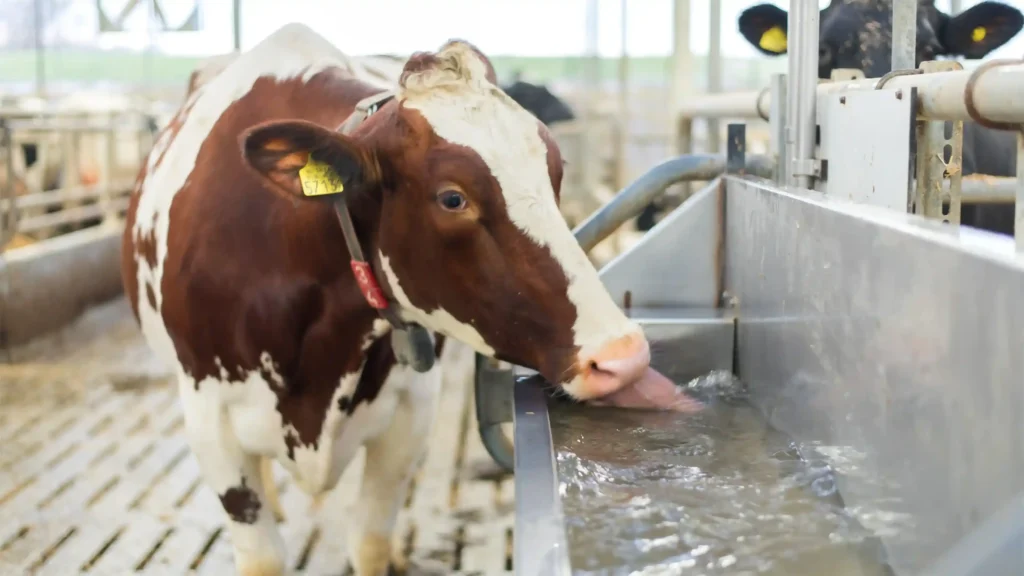
Wrapping Up
Handling and restraining cattle safely requires a blend of knowledge, preparation, and the right tools. When farmers understand cattle behavior, invest in well-designed facilities, use appropriate equipment, and train handlers, farmers would create a low-stress environment that protects both livestock and workers. These best practices ensure safe, efficient, and humane cattle management.
FAQ: Safe Cattle Handling and Restraint
What is the safest way to handle cattle?
The safest way involves using low-stress techniques, such as moving calmly, respecting the cattle’s flight zone, and using tools like flags instead of prods. Well-designed facilities with curved chutes and non-slip flooring also enhance safety.
How can I reduce cattle stress during handling?
Minimize stress by maintaining a calm demeanor, avoiding sudden movements, and using solid-sided chutes to reduce distractions. Short handling sessions and access to water further reduce stress.
What equipment is essential for restraining cattle?
A squeeze chute or head gate is essential for secure restraint during procedures like vaccinations. Ensure equipment is adjustable and well-maintained to prevent injury.
How do I train handlers for safe cattle management?
Provide training on cattle behavior, equipment use, and emergency protocols. Practical demonstrations and resources across the web can build handler competence and confidence.
Why is animal welfare important during cattle handling?
Prioritizing welfare reduces stress, improving cattle health, productivity, and product quality. Following WOAH standards ensures humane treatment and aligns with consumer expectations for ethical farming.
Related:

